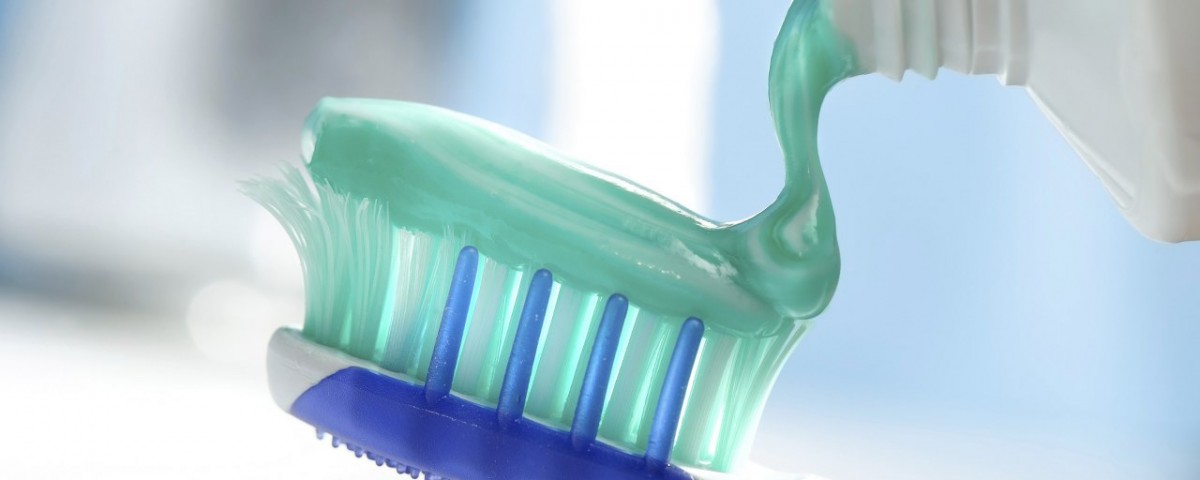The Role of Fluoride
Fluoride helps prevent tooth decay by slowing the breakdown of enamel and speeding up the remineralization process. The new enamel crystals that form are harder, larger, and more resistant to acid. Fluoride increases the rate of remineralization and protects against demineralization. Fluoride enters rod-like structures in the tooth to treat the broken-down enamel. Enamel is remineralization happens after fluoride application.
What is Tooth Decay?
Tooth enamel is hard yet porous. Plaque on the surface of your teeth can produce acids that seep into the pores (rods) of the enamel and break down its internal structure. This process, called demineralization, can create a weak spot on the surface of the tooth that may become a cavity if left untreated. Decay often begins on biting surfaces, between the teeth, on exposed roots, and around existing fillings. Untreated, decay spreads into the tooth and can destroy further layers of tooth structure. Deep decay can enter and infect the pulp, or nerve and blood vessels of the tooth. Acid from foods and liquids breaks down enamel in the teeth.



